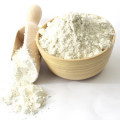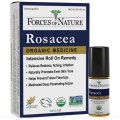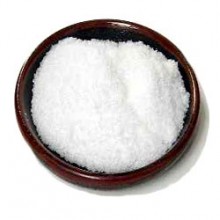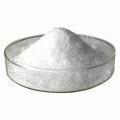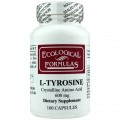 Loading... Please wait...
Loading... Please wait...- Home
- About Us
- Shipping, Returns & FAQ's
- Contact Us
-
For Your Information
- Canadian Customers Have a Choice if Shipping Via UPS
- Aura Cacia Homemade Aromatherapy Recipes
- Bella Nella Altered Art & Paper Crafts Blog
- Forms of Herbal Preparations
- Laundry Tips To Conserve Energy Blog from The Laundress
- The Story of Frontier Natural Products Co-Op
- Sovereign Silver Hydrosol and Aloe Protocol Stops Downward Spiral of Gut Dysbiosis
- Disclaimers
- Recommended Links
- RSS/Recent News
- The Story of Typhoon Housewares
- Reviews/Testimonials
- Raw Ingredients for Mfg
- Home
- Grocery
- Sweeteners/Honey
- Fructose Crystalline Granules Sweetener 100% Pure Bulk
- Home
- Raw Materials
- Sweeteners
- Fructose Crystalline Granules Sweetener 100% Pure Bulk
Fructose Crystalline Granules Sweetener 100% Pure Bulk
Product Description
Fructose is a sugar that can be found naturally in foods. It is found in fruits and is what gives fruit a sweet taste. According to the American Dietetic Association, fructose has been extensively studied and found by the Food and Drug Administration and the International Life Sciences Institute to be completely safe for consumption. In most food applications, fructose has been found to be 1.2 times as sweet as table sugar. This results in consumers using less fructose to obtain the same degree of sweetness in food and drinks.
Crystalline fructose can be used as a sweetener. It boosts cake height in baked products and can sweeten foods and drinks. Crystalline fructose is commonly used as a sweetener in dry mix beverages, flavored water, energy and sports drinks, breakfast cereals, chocolate milk, yogurt, confections and fruit packs. It is also used as a low-calorie sweetener.
Fructose is often compared to table sugar, but has several advantages over this common sweetener.
Because fructose has a relatively long shelf life, it is used to provide flavor in categories of food and beverage products that are relatively new, including soft moist cookies, nutrition bars, reduced calorie products and frozen juice concentrates that are pourable.
Fructose has a high freezing point, which is the temperature at which it freezes. This allows fructose to be a sweetener in frozen soft foods such as frozen yogurt, sorbets and ice cream. The high freezing point of fructose allows for formulations of these products to be soft enough to easily scoop with a spoon.
Fructose is the component of fruit that gives fruit their sweetness. When used in products that are made to taste like fruit, such as fruit-flavored yogurt, fructose gives the product a sweet taste that is more fruit-like.
Fructose has a low glycemic index, which allows it to be used for food formulations that have a low glycemic load. The glycemic load is a number that reflects how a particular food will affect blood sugar level. It does not cause extreme highs and lows in blood sugar. This is important for people with diabetes, who can calculate how much a serving of a particular food will affect blood sugar.
Crystalline fructose is 100 percent fructose. Pears, apples, bananas, berries and other fruits contain up to 65 percent fructose. high fructose corn syrup (HFCS) contains 55 percent, white table sugar contains 45 percent and honey contains 48 percent, according to the International Food Information Council.
Pure fructose is not the same product as High fructose corn syrup HFCS. HFCS contains fructose and glucose (corn sugar). HFCS is not the same as regular corn syrup, which is mostly glucose.
Additionally, fructose and sucrose are synergistically sweet; a 50/50 blend achieves a relative sweetness of 128. This allows for a reduction in sweetener and calories without a reduction in sweetness perception.
If you've had a few too many drinks, the fructose in honey or fruit juice can help your body more quickly metabolize alcohol and move it out of your system.
Fructose can also be used in cultures for scientific purposes. For example, fructose has been used as a culture media to grow bacteria called lactic acid bacteria (LAB), according to the American Society for Enology and Viticulture.
NON-GMO VEGAN FRUCTOSE AVAILABLE UNDER DROP-DOWN MENU AS 'OTHER' SKU#AL-UNFRU500
References
You Recently Viewed...
Currency Converter
Choose a currency below to display product prices in the selected currency.




